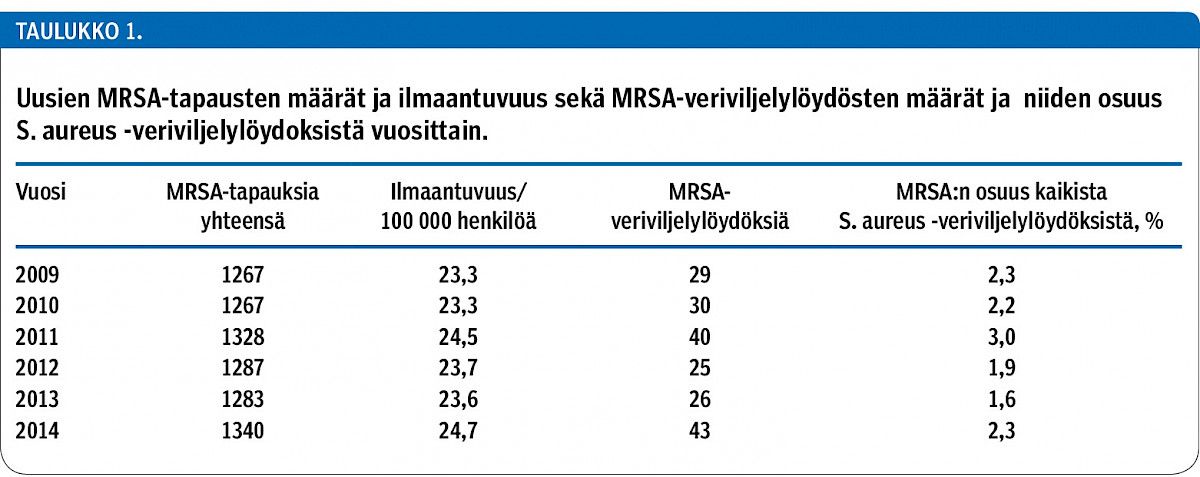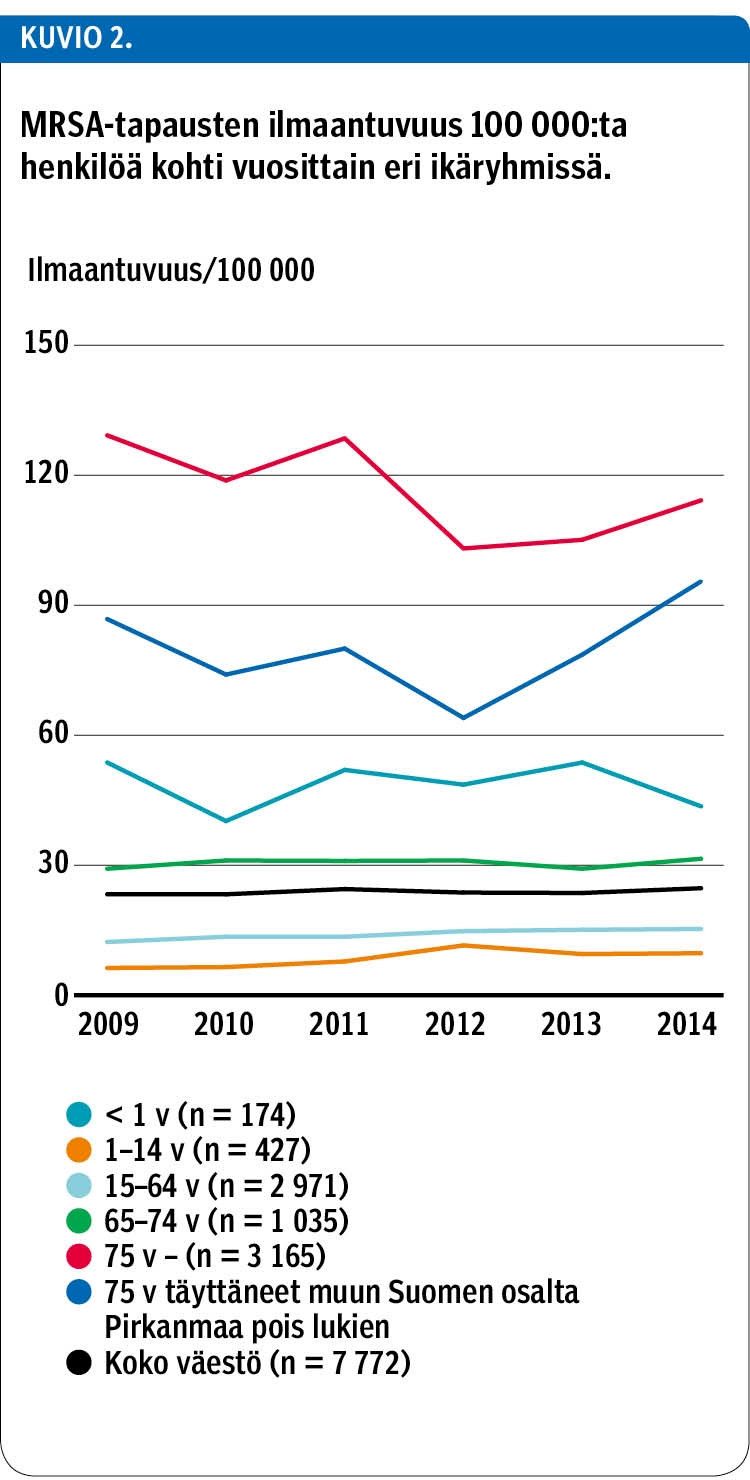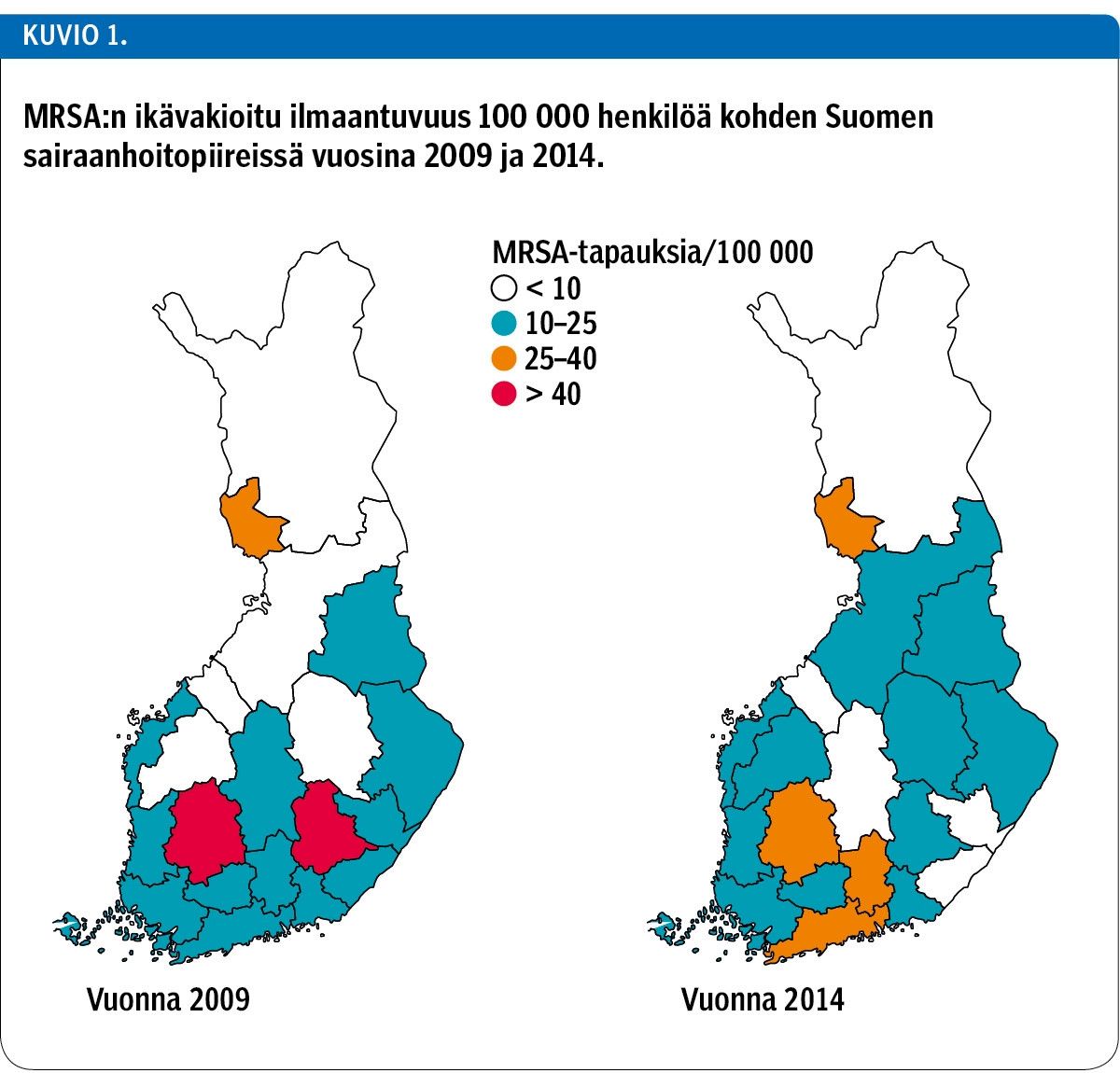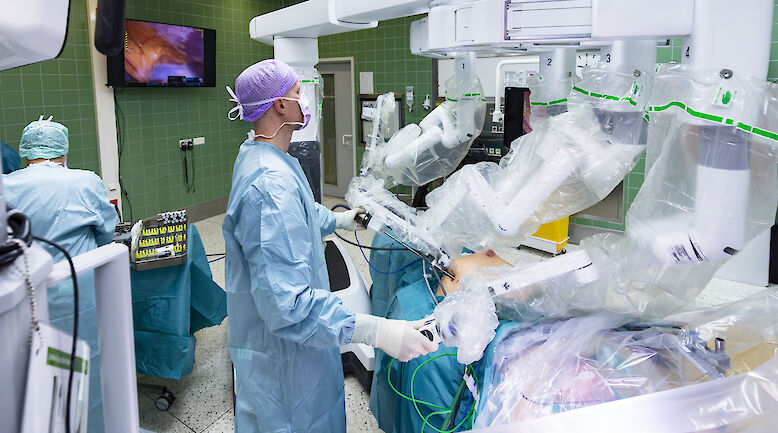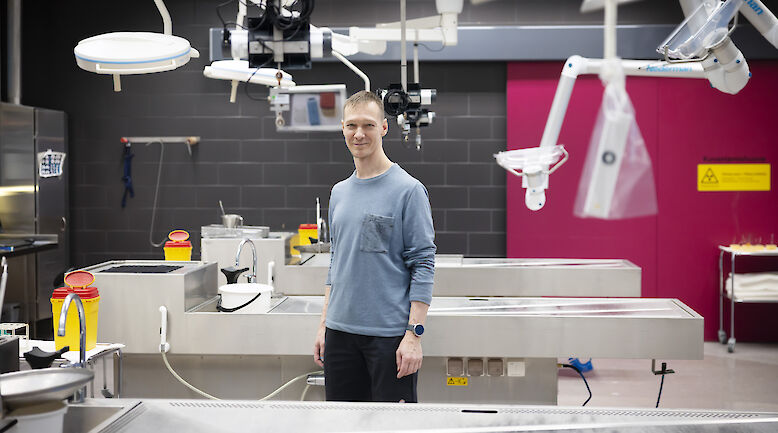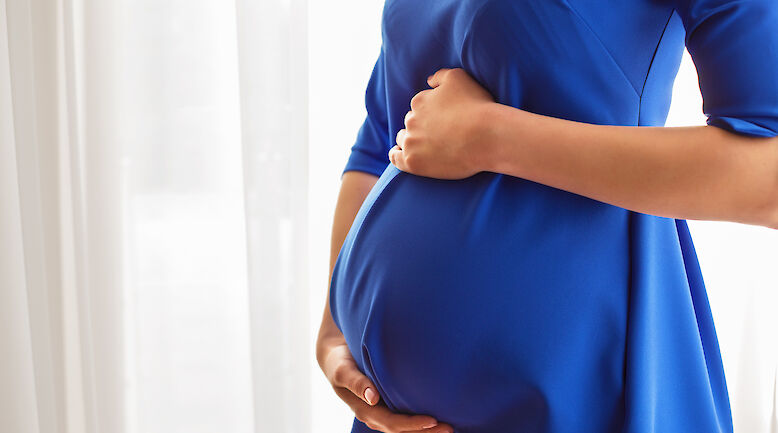Constantly changing epidemiology of methicillin-resistant Staphylococcus aureus in Finland

Background
The incidence of methicillin-resistant Staphylococcus aureus (MRSA) in Finland has remained constant during the last few years. Like in other Nordic countries, the incidence of MRSA in Finland has remained low when compared globally. MRSA has become a permanent burden worldwide and the changes in the epidemiology of MRSA should be monitored constantly. In the present study we report the demographic and molecular changes in the epidemiology of MRSA in Finland from 2009 to 2014.
Methods
Finnish microbiology laboratories report all MRSA isolations to the National Infectious Disease Register (NIDR) at the National Institute for Health and Welfare (THL). The THL records the date and source of specimen, as well as the patient´s birth date, sex, and place of treatment. Using this information multiple isolations from the same person were deleted from the database. The MRSA isolates were further analyzed and MRSA strains were typed by spa typing at the Bacterial Infections Unit at THL. All cases of new MRSA-positive persons in Finland from 2009 to 2014 were included in this study. The demographic information mentioned above and the spa types were analyzed. Differences in the incidence of MRSA between hospital districts were compared by age standardized incidence figures.
Results
From 2009 to 2014 7772 MRSA cases were reported to the NIDR. The annual incidence remained fairly constant varying from 23.3 – 24.7 per 100 000 persons. Of all Staphylococcus aureus blood isolates, the proportion of MRSA varied from 1.6 – 3.0% and was lowest in 2013. In 2009 the age standardized incidence figure for MRSA per 100 000 persons was over 40 in two different hospital districts but in 2014 less than that in all hospital districts. The three most prevalent MRSA strains (spa types) accounted for almost half of all the MRSA cases. The incidence of the spa type t067 decreased and the incidence of spa types t172 and t008 increased. The incidence of MRSA was considerably higher among the elderly (75 years of age and older) compared to other age groups.
Conclusions
The overall incidence of MRSA in Finland has remained unchanged from 2009 to 2014. Instead, changes have taken place in the incidence of the most prevalent MRSA strains. The incidence of MRSA strains previously known as community-acquired has increased while hospital-acquired MRSA strains decreased. At the same time, regional differences in the incidence of MRSA between hospital districts have narrowed.
